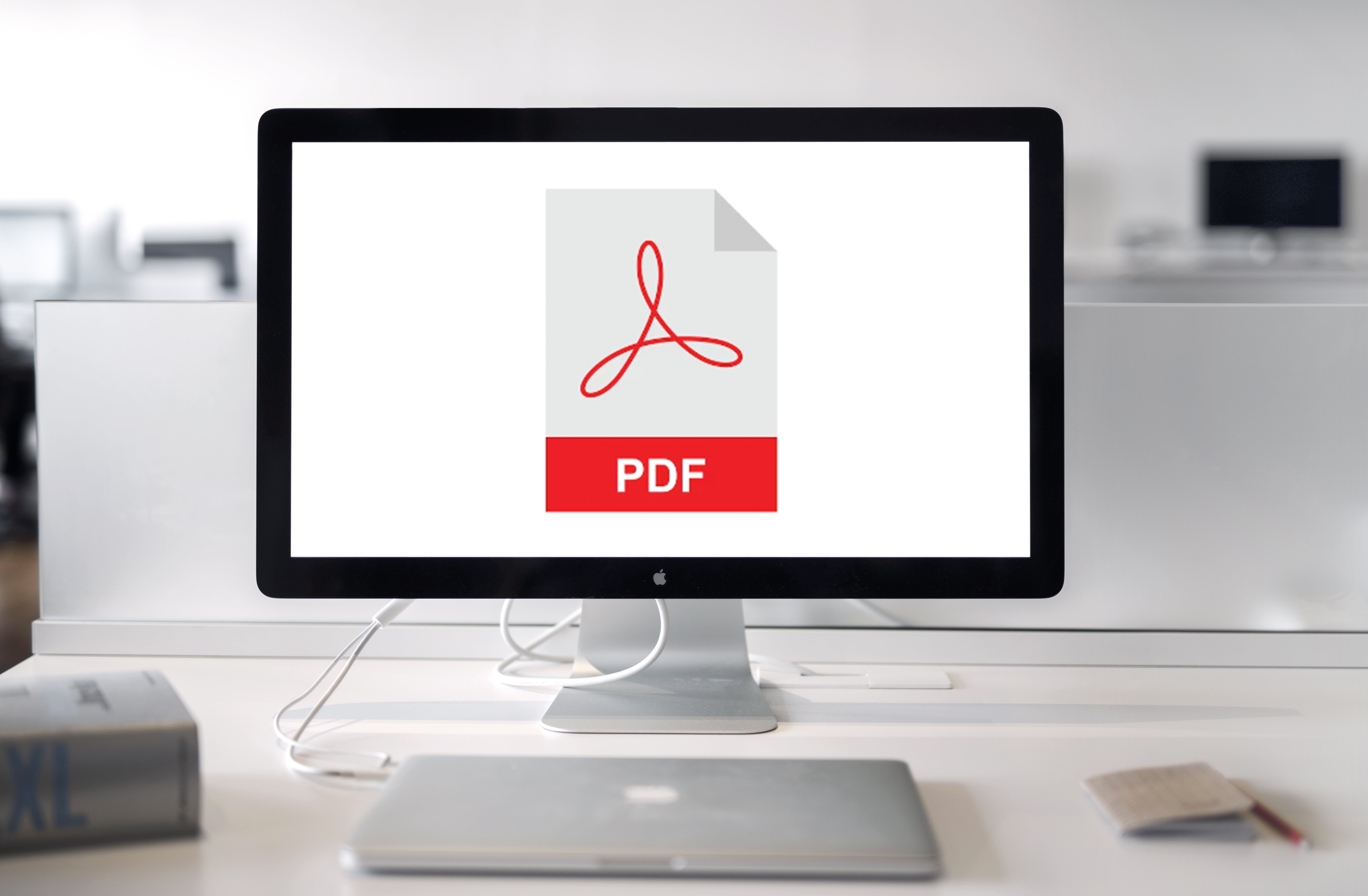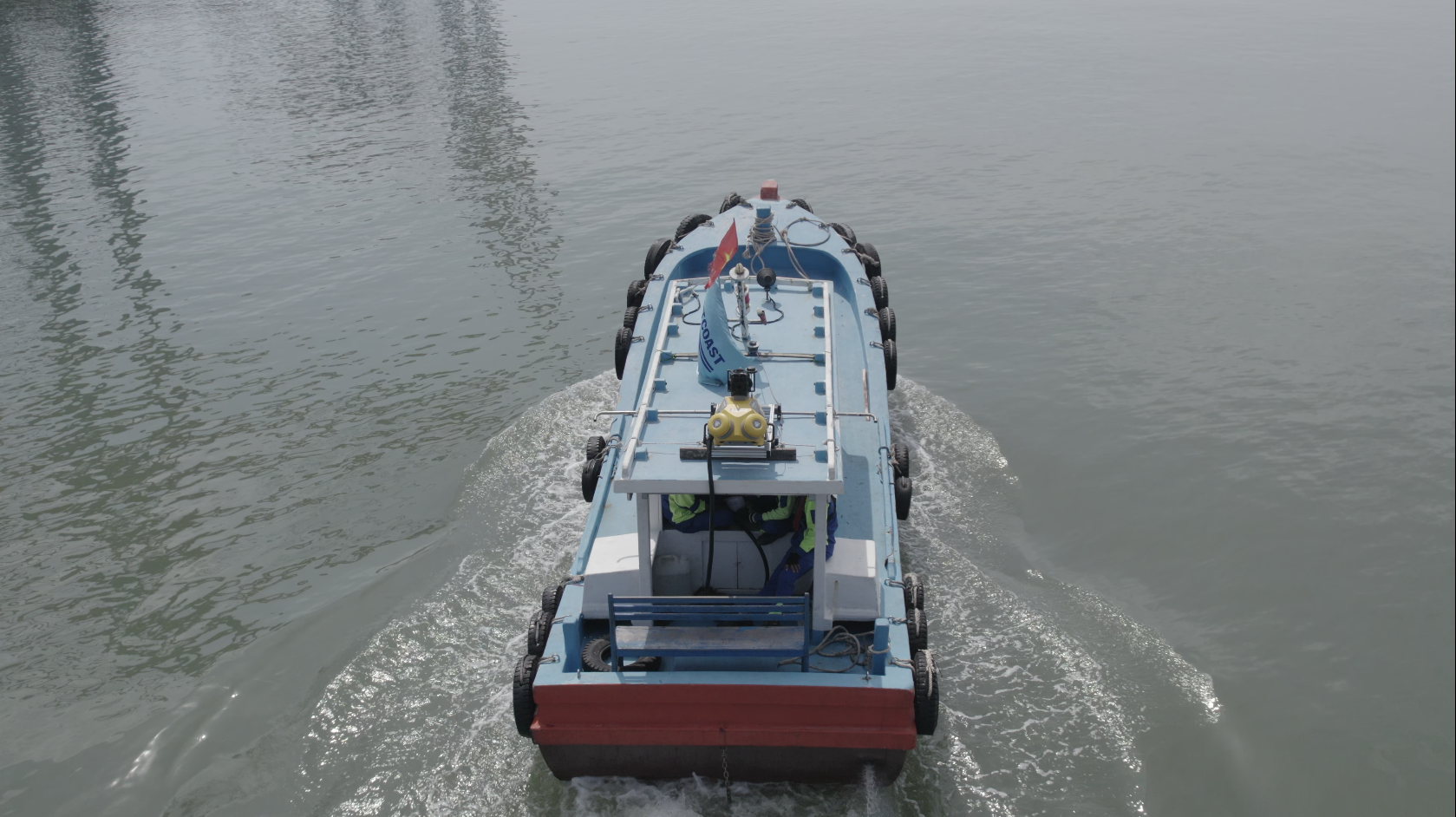The Perils of Legacy File Formats

I had a conversation with a customer earlier this week around the topic of file types and more specifically, legacy file formats.
The de facto native file format in the engineering design industry is HPGL/2, and the standard for platform-independent raster file interchange is most commonly PDF and less commonly TIFF. PDF is the only file format that is constantly in development and supported both backwards and forwards by Adobe.
When we speak of standards through the lens of file formats, "standards" mean generally accepted and best industry practices using tools that are current and supported.
Since the 1980s, when digitizing of paper drawings became more prevalent in our industry, there existed a plethora of file formats developed by companies and organizations, many now defunct, claiming to have the “definitive” file format. Many of those have fallen into disfavour because of their lack of development, support, and interoperability, but not without leaving behind a population of dedicated users who have no desire to change so they continue to stand vigil over libraries of digital files encoded in these "Dead Sea" languages.
The United States Department of Defense developed the CALS file format (Continuous Acquisition and Lifecycle Support) in the mid-80s, and they created much of their engineering documents using this format. As a result, printer companies wishing to gain favour as a supplier integrated CALS support into their controllers and were able to interpret those files with ease. But, as technology rolled on, the CALS file format became deprecated as newer and more platform-independent formats became available.
Another neat one was CIT. CIT was developed by Intergraph Systems. They were sold to Hexagon Systems in 2010 and the file format fell into the public domain and out of general use. As a matter of fact, CIT is now one of the standard formats on the XN‐View software package by XN‐Soft. If any of you readers are interested, you can download XN‐View free of charge at https://www.xnview.com/en/xnviewmp/#downloads. I actually love this piece of software and recommend it to many clients who need to open a variety of legacy file formats no longer supported, and it even offers a free 'Batch Conversion module' that enables you to convert large batches of files into other formats.
Many printer companies like Oce and KIP still today integrate the older CALS and CIT file formats into their controllers as an after‐thought to support those legacy formats, but be aware that as technology evolves, fewer and fewer people exist to troubleshoot file anomalies with these legacy files.
As an example, I had a major transportation client who had chosen HPGL as the file format for their entire design library back when they were working with the first plotters, which were pen plotters (yes, I'm that old). HPGL had, as its plot origin, the center of any given page as the coordinate 0,0. HPGL was a language that was maturing at that time, and when HPGL/2 became the industry standard in the 90s, the origin was shifted to the lower left as coordinates 0,0. What do you think happened? They were only able to print ¼ of any of their drawings when they bought a new plotter that no longer supported the HPGL language. They acquired an HPGL to HPGL/2 file converter and reconstructed their library to bring it into conformity with industry standards, but it was a learning process for them.
The takeaway here is that it is always important that we create and store our design documents using industry best practices so that we’re not kicking the problem downfield, as they say.
Remember, these legacy file formats won't be supported forever.
If you feel that you're relying too heavily on file formats that may become no longer viable, why not have a conversation with one of the Wide Format Print Professionals here at Cansel?


